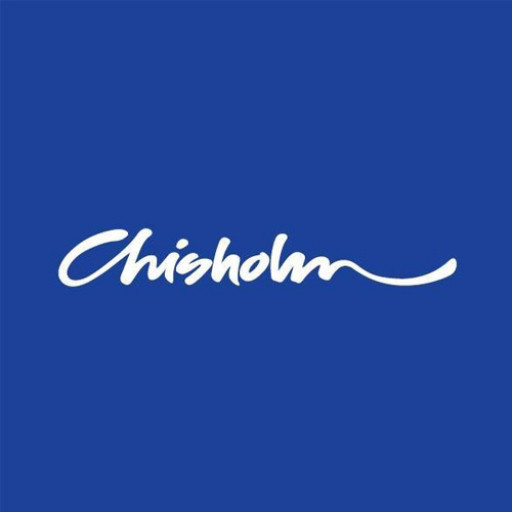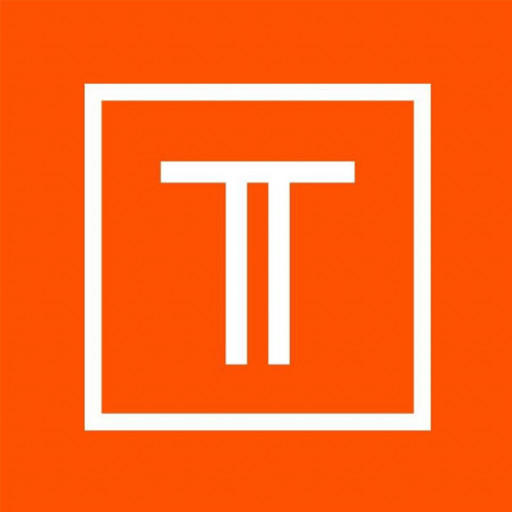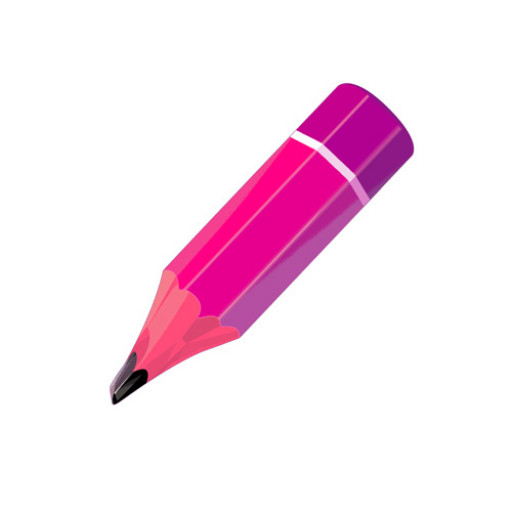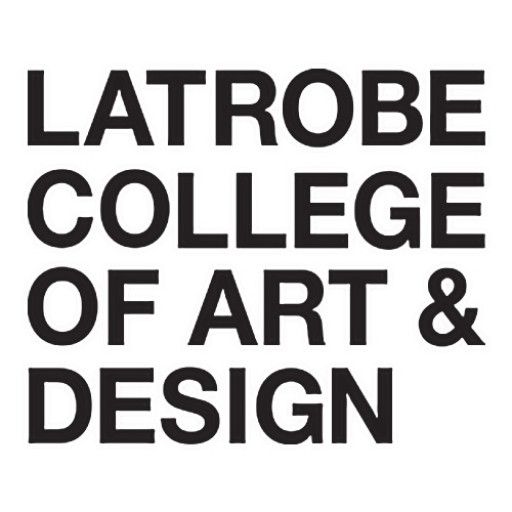The Diploma of Graphic Design at Chisholm Institute offers a comprehensive pathway for students passionate about creative visual communication and design. This program is designed to equip students with the fundamental skills and practical knowledge necessary to excel in the dynamic field of graphic design. Throughout the course, learners will explore a wide range of topics including typography, branding, illustration, digital imaging, and layout design, enabling them to craft compelling visual messages across various media platforms. The curriculum emphasizes both traditional and digital design techniques, ensuring graduates are well-versed in industry-standard software such as Adobe Photoshop, Illustrator, and InDesign. In addition to technical skills, students will develop essential creative thinking and problem-solving abilities, fostering innovative approaches to their projects. The program also incorporates real-world projects and industry placements, providing valuable hands-on experience and networking opportunities that prepare graduates for employment in advertising agencies, design studios, publishing companies, and freelance design consultancy. Under the guidance of experienced industry professionals, students will collaborate on team-based assignments, learn to manage client briefs, and refine their presentation skills. The Diploma of Graphic Design at Chisholm Institute emphasizes a practical, industry-focused education that aligns with current market trends and employment needs. Graduates will leave the program with a strong portfolio of work, ready to pursue careers as graphic designers, visual communication specialists, UI/UX designers, or to continue their studies at higher levels. With a focus on creativity, technical proficiency, and professional practice, this program provides the essential foundation for a successful career in the diverse and evolving graphic design industry.
The Graphic Design program at Chisholm Institute is a comprehensive course designed to equip students with the essential skills and knowledge required to excel in the dynamic field of visual communication. Throughout the program, students will explore a wide range of design principles, including layout, typography, color theory, and branding strategies, enabling them to create compelling visual content across multiple platforms. The curriculum combines theoretical understanding with practical application, offering hands-on experience with industry-standard design software such as Adobe Creative Suite, including Photoshop, Illustrator, and InDesign. Students will engage in numerous projects that mimic real-world scenarios, fostering their ability to develop innovative solutions for clients and audiences. The program emphasizes creativity, critical thinking, and attention to detail, ensuring graduates are well-prepared for careers in graphic design, advertising, digital media, and related industries. In addition to technical skills, students will learn about the importance of visual storytelling, user experience design, and the role of ethics and sustainability in contemporary design practices. The course also provides opportunities for industry placement and collaboration with professional designers, giving students valuable insights into the working environment and networking opportunities. Upon completing the program, graduates will possess a strong portfolio showcasing their abilities in branding, print and digital media, and web design. They will be equipped to pursue employment as graphic designers, visual communicators, or freelancers, or to further their education in related creative fields. This program is suitable for creative individuals passionate about visual arts and eager to develop their skills in a supportive and innovative learning environment.
To put in this eligibility, people must offer proof their technical skills and ability to:produce several examples of graphic design work that respond efficiently to different design challengesproduce typography that supports the overall design solutionuse graphic design industry software Skills may happen to be acquired through personal or work experience, or through formal study.
The Graphic Design program at Chisholm Institute offers a range of financing options to assist students in funding their studies. Students can access government fundings such as Commonwealth Supported Places (CSP) if they meet the eligibility criteria, which significantly reduces tuition fees. Additionally, VET Student Loans may be available for eligible domestic students pursuing diploma-level courses, providing upfront financial assistance and allowing students to defer payments until after graduation. Chisholm Institute also offers various scholarships targeted at students demonstrating academic excellence, financial hardship, or specific community ties, which can help offset tuition costs and other associated expenses. Payment plans are generally available, enabling students to pay their fees in installments rather than a lump sum, making education more accessible and manageable financially. International students enrolling in the Graphic Design program typically need to pay full tuition fees upfront; however, some financial assistance options, such as scholarships or education loans through private providers, may be available. The institute actively advises students on the most suitable funding options based on their individual circumstances and provides detailed guidance through its student services. Besides tuition fees, students should consider additional costs including materials, software, and equipment necessary for completing the program successfully. Overall, Chisholm Institute aims to facilitate accessible training by providing comprehensive financing options, supporting a diverse student body in achieving their educational and career goals in graphic design.
The Diploma of Graphic Design at Chisholm Institute is a comprehensive program designed to provide students with the foundational skills and knowledge required to succeed in the dynamic field of graphic design. This qualification equips students with practical skills in visual communication, digital media, typography, branding, advertising, and illustration. Throughout the course, students engage in a variety of projects that simulate real-world design challenges, fostering creativity, technical proficiency, and problem-solving abilities. The curriculum emphasizes both traditional design principles and contemporary digital techniques, ensuring graduates are versatile and industry-ready. Students have access to state-of-the-art facilities and industry-standard software, including Adobe Creative Suite. The program also explores the history and theory of design, cultural considerations, and sustainability in graphics, preparing students for diverse careers in advertising agencies, publishing, branding studios, and freelance design. Industry placements and collaborations with local businesses may be integrated into the course to enhance practical experience and employment prospects. Upon completion, graduates may pursue entry-level positions such as graphic designer, visual artist, digital media specialist, or pursue further studies in related creative disciplines. The course typically spans over one year on a full-time basis and is available in various study modes, including part-time options, to accommodate different student needs. Admission requirements generally include a demonstrated interest in design, a portfolio of creative work, and meeting language and educational prerequisites. The program is committed to fostering innovation, professionalism, and ethical practice in the arts, preparing students to contribute effectively to the ever-evolving design industry.







